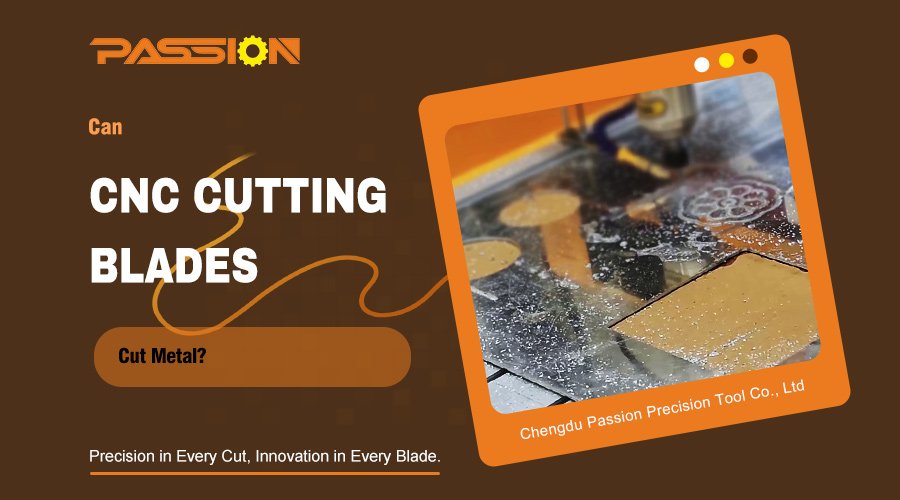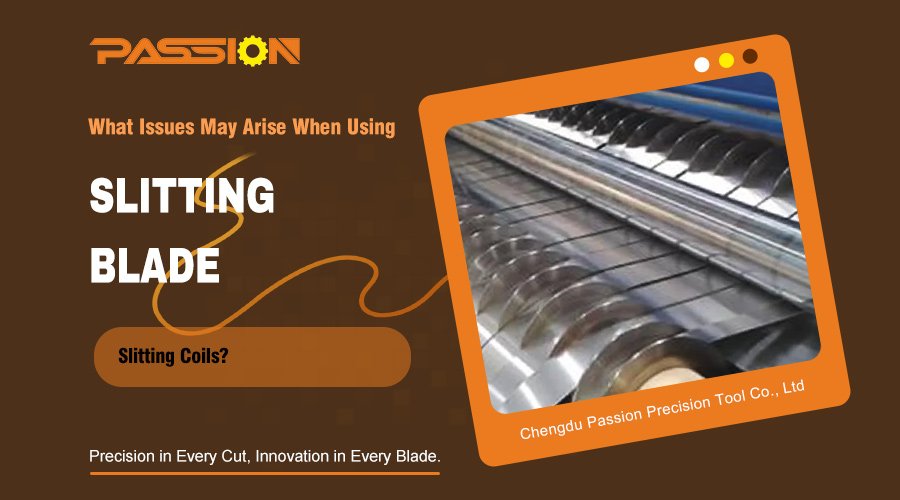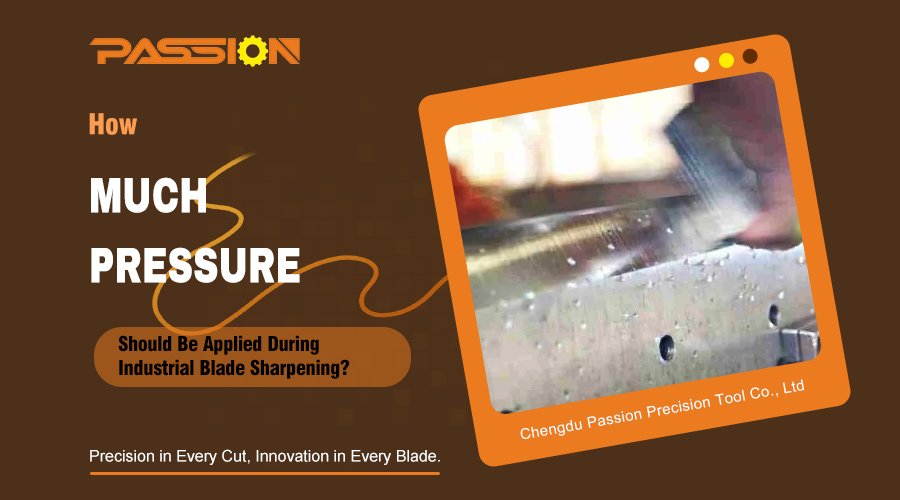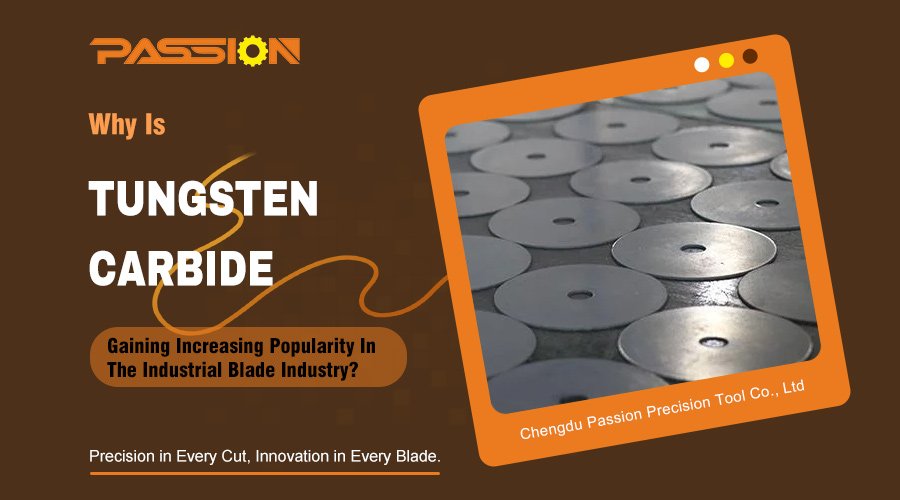Plain milling cutters are essential tools. They can make stuff smooth and accurate. You can use them on all kinds of materials, but mostly you’ll be using them on metal. They’re a big deal in industries like aerospace, automotive, and manufacturing, where you have to be precise. But how do they make these things? It’s a combination of material science, advanced manufacturing technologies, and a lot of checking to make sure the tools can do what they’re supposed to do when you’re using them in a tough industrial environment.
In this article, we’re going to get into the nitty-gritty of how they make plain milling cutters. We’ll talk about the materials they use, and we’ll look at some of the latest and greatest stuff that’s going on in the world of making these things.
Plain milling cutters are a big deal in the machining world. They’re the tools you use when you want to make something flat or cut something really precisely. Making these things is a multi-step process that involves picking the right materials, heat treating them, and grinding them to be just right. In this article, we’re going to break down how they make plain milling cutters and why they’re so important in the modern world.
Making plain milling cutters is a multi-step process. First, they pick the right materials. Then, they forge and shape the cutters. After that, they heat treat them. Then, they grind them. Finally, they coat them. At each step, they have to make sure the cutters are just right. They have to be precise and tough. They have to cut well. With the help of CNC machines and lasers, they can make the cutters faster and better than ever before.
Now, let’s get into the details of how they make plain milling cutters. We’ll start with the most important part: picking the right materials.
Material Selection: The Building Block of Milling Cutters
The first thing is pick the right materials. The materials they use have to be tough, they have to be able to stay sharp when things get really hot, and they have to be able to keep an edge when they’re cutting. The most common materials they use for plain milling cutters are:
High-Speed Steel (HSS): HSS is tough and can stay sharp when things get hot. It’s the most common material they use for plain milling cutters. It’s a good balance between being tough and being able to stay sharp.
Carbide: Carbide is a lot harder than steel and can stay sharp for a long time. It’s great for cutting things really fast. It’s especially good for cutting hard stuff like stainless steel and titanium.
Sometimes, they use other materials like cobalt steel, ceramics, or even diamond coatings, depending on what they’re cutting and how they’re cutting it.
Forging and Shaping: The Initial Formation of the Cutter
Once the material has been selected, it goes through the process of forging. During forging, the material is heated until it becomes malleable and then shaped into a blank, which forms the basic structure of the milling cutter. This process often involves industrial presses that shape the blank to the required dimensions.
Following forging, the blank is machined to create the rough geometry of the cutter. This includes defining the overall dimensions, such as diameter, width, and tooth profile. The precision required at this stage is critical because it lays the foundation for the cutter’s final shape.
The next step is grinding, where the cutter’s geometry is refined. The cutting edges are formed, and the flutes of the cutter (the grooves that remove material during cutting) are precisely ground to the required specifications.
Heat Treatment: Enhancing Durability and Strength
Heat treatment is a crucial step in the manufacturing of plain milling cutters. It involves heating the material to a specific temperature and then cooling it at a controlled rate to achieve the desired hardness.
The heat treatment process varies depending on the material:
HSS cutters are usually heated to temperatures around 1,000°C and then rapidly cooled. This process hardens the material, ensuring it retains its edge even at high cutting speeds.
Carbide cutters often require different heat treatments due to their inherent hardness. Some carbide cutters undergo additional treatments to enhance toughness and reduce brittleness.
By carefully controlling the heat treatment process, manufacturers can produce milling cutters that are both hard and durable, capable of withstanding the mechanical stresses of machining without becoming brittle or prone to cracking.
Coating and Surface Treatments: Enhancing Performance
To further improve performance, plain milling cutters are often coated with materials that enhance their wear resistance and cutting capabilities. Common coatings include:
Titanium Nitride (TiN): A gold-colored coating that improves hardness and reduces friction, allowing for faster cutting speeds.
Titanium Aluminum Nitride (TiAlN): Provides excellent thermal stability and is ideal for high-speed machining operations where heat buildup is an issue.
Diamond Coatings: Used for ultra-precise cutting tasks, especially when machining non-ferrous materials like aluminum, graphite, and plastics.
These coatings not only extend the life of the cutter but also allow for smoother cuts by reducing the heat and friction generated during machining.
Final Grinding and Sharpening: Achieving Precision
The final step in manufacturing is the precision grinding and sharpening of the cutter. This process is crucial because the sharpness and geometry of the cutting edges determine how effective the cutter will be in real-world applications.
Using CNC grinding machines, manufacturers are able to grind each tooth of the cutter to exact specifications. CNC technology ensures a high degree of precision, allowing for the creation of cutting edges that are uniform and consistently sharp. This level of control ensures that each milling cutter can produce accurate, high-quality cuts, even in demanding industrial environments.
Laser-guided systems are sometimes used to monitor and adjust the grinding process in real-time, ensuring that any deviations are corrected immediately. This step is vital for ensuring that the cutter performs optimally and meets strict tolerance requirements.
Quality Control: Ensuring Reliability
Before being shipped to customers, plain milling cutters must pass through rigorous quality control checks. These checks ensure that each cutter meets industry standards for hardness, sharpness, and overall dimensions.
Typical quality control tests include:
Dimensional inspection: Ensuring the cutter’s dimensions match the required specifications.
Hardness testing: Verifying the cutter’s hardness using tools like the Rockwell hardness tester.
Cutting performance tests: Simulating real-world cutting operations to ensure the cutter performs as expected.
These tests ensure that the milling cutters meet the exacting standards required for industrial applications, whether they are used in aerospace, automotive, or other industries.
What Materials Are Used To Manufacture Plain Milling Cutters?
Common materials include high-speed steel (HSS) and carbide, with additional options like cobalt steel, ceramics, and diamond coatings depending on the application. Each material offers a balance between hardness, toughness, and wear resistance, making them suitable for different machining tasks.
Why Is Heat Treatment Important for Milling Cutters?
Heat treatment hardens the cutter material, allowing it to retain its sharpness and withstand the mechanical stresses of cutting. Without heat treatment, cutters would wear down more quickly and fail in high-pressure environments.
How Are the Cutting Edges of Milling Cutters Sharpened?
The cutting edges of plain milling cutters are sharpened using CNC grinding machines, which ensure precise control over the cutting geometry. This process results in sharp, consistent edges that improve cutting performance and reduce wear.
Can Plain Milling Cutters Be Customized?
Yes, plain milling cutters can be customized in terms of tooth profile, diameter, length, and coating to suit specific industrial applications.
The process of manufacturing plain milling cutters is a complex, multi-step procedure that requires careful material selection, precision shaping, heat treatment, and advanced grinding techniques. Each step is essential to ensuring that the final product delivers the accuracy, durability, and performance required for industrial applications.
By combining advanced materials with state-of-the-art manufacturing technologies like CNC grinding and laser-guided systems, manufacturers are able to produce high-quality milling cutters that meet the demands of industries such as aerospace, automotive, and manufacturing. The continuous advancements in material science and machining technologies only enhance the performance and versatility of plain milling cutters, ensuring they remain indispensable tools in precision engineering.
Whether you’re cutting steel, aluminum, or non-ferrous materials, plain milling cutters, designed and manufactured to precise specifications, will help you achieve the high-quality results your operations demand.








